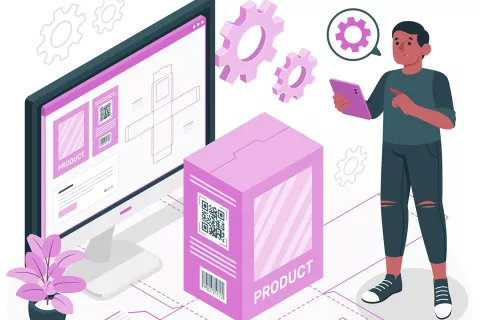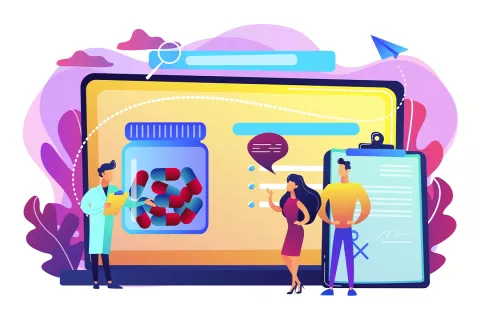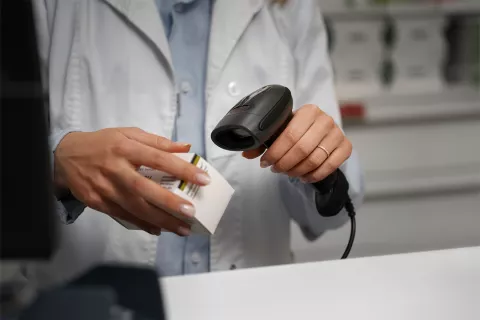
In 1999, the European Medicines Assessment Agency (EMEA) and the European Federation of Pharmaceutical Industries and Associations (EFPIA) set out to design a new system to share product information electronically to support the submission of new products or variations post-approval. This was called Product Information Management (PIM), which was withdrawn in 2011.
We have come a long way in the journey of Product Information (PI) and Quality Review Documents (QRD) since then.
Inspired by the projects conducted in Belgium and Luxembourg to assess the efficacy of Electronic patient information leaflets, as well as by key principles created by the European Medicines Agency (EMA) and Heads of Medicines Agencies (HMA), the European Association of Hospital Pharmacists (EAHP) conducted a survey about ePI usage in European hospitals. For the EAHP, therefore, it was highly relevant to know more about the use of the electronic patient leaflet and about the future potential of ePI. The development of electronic product information (ePI) is intended to enhance the availability of relevant product information about medicines, whenever, and wherever needed.
European regulators announced in February 2022 that they had adopted a generic electronic product information (ePI) standard for human medicines, which users and providers can access.
ePI is advantageous in that it can be updated immediately and shared with stakeholders, rather than having to wait for the formatting and printing of the new information, officials from the European Medicines Agency said in a statement.
EMA, competent national authorities and the European Commission (EC) are conducting a pilot project for electronic Product Information (ePI) in order to pilot the use of the common EU ePI Standard in Regulatory procedures.
The common standard on the ePI of the EU will support the harmonized provision of ePI on medicines across the EU, and according to the EMA, it is a step toward improving information delivery for patients, consumers, and health professionals.
According to the European Medicines Agency (EMA), the standard will also allow the wider distribution of impartial, up-to-date information about all medicines available to patients within the EU via an expanded array of electronic channels. This electronic format of information about approved medicines is the first step toward more effective and accessible sources of medical information. Its purpose is to develop and implement an electronic source for scientifically verified information about authorized medicinal products in the EU. With that goal in mind, developing ePI is an excellent opportunity to look more closely at medicinal product packaging, with a particular emphasis on harmonization throughout Europe.
For instance, Spain’s Agency of Medicines and Healthcare Products (AEMPS) has already made ePIs available for a number of its national-authorized products. The recent European strategy for pharmaceuticals highlighted how better the use of electronic product information (ePI) could ease drug information provision for health professionals and patients within a polyglot EU context and supports wider drug availability in the member states.
Here is where ePI gets really interesting...
Information on packages to patients is being moved to an electronic format, eliminating the need for paper inserts. Digital patient inserts can save weeks in packaging because packaging can happen as regulators are reviewing the final information on a package rather than later.
Electronic information could provide patients and healthcare professionals with enhanced information that goes beyond the data currently listed in paper versions.
Scan triggered, automated medicine reminders, guiding videos on how to take medicines, visual experiences on health coupled with the pill, and all the information available in any language at your fingertips, are just some of the few benefits that come to mind when you think of ePIs.
An ePI, although currently only regional, opens up a huge opportunity in patient engagement and thus brings in better patient education on safe and fair use of medication as it takes over Europe.
Are you currently in plans to adopt the ePI format for your products? Contact Freyr for the best compliance practices.









